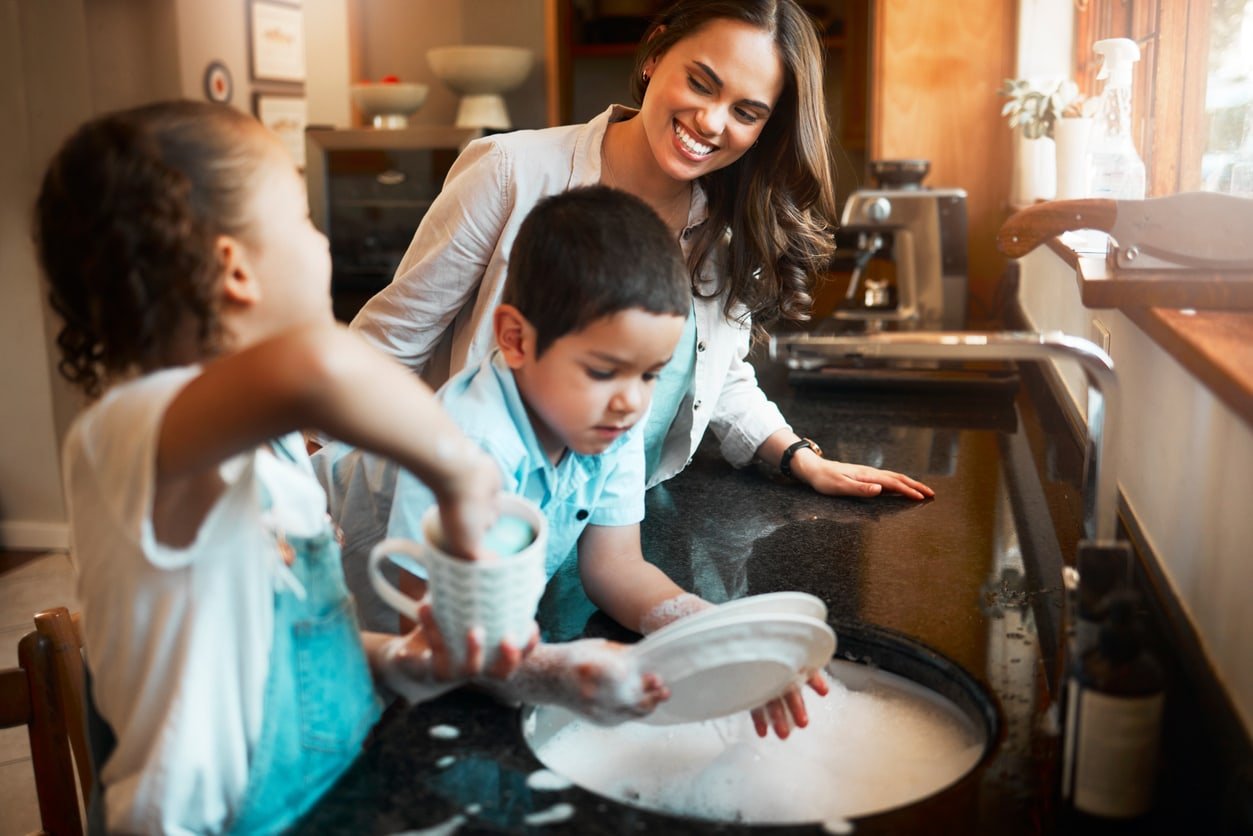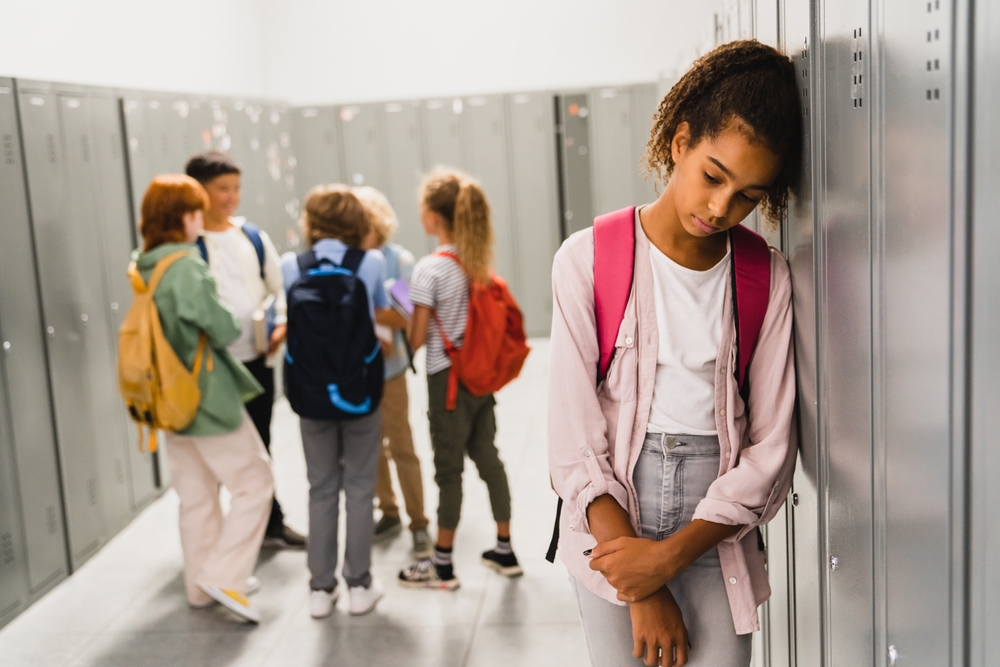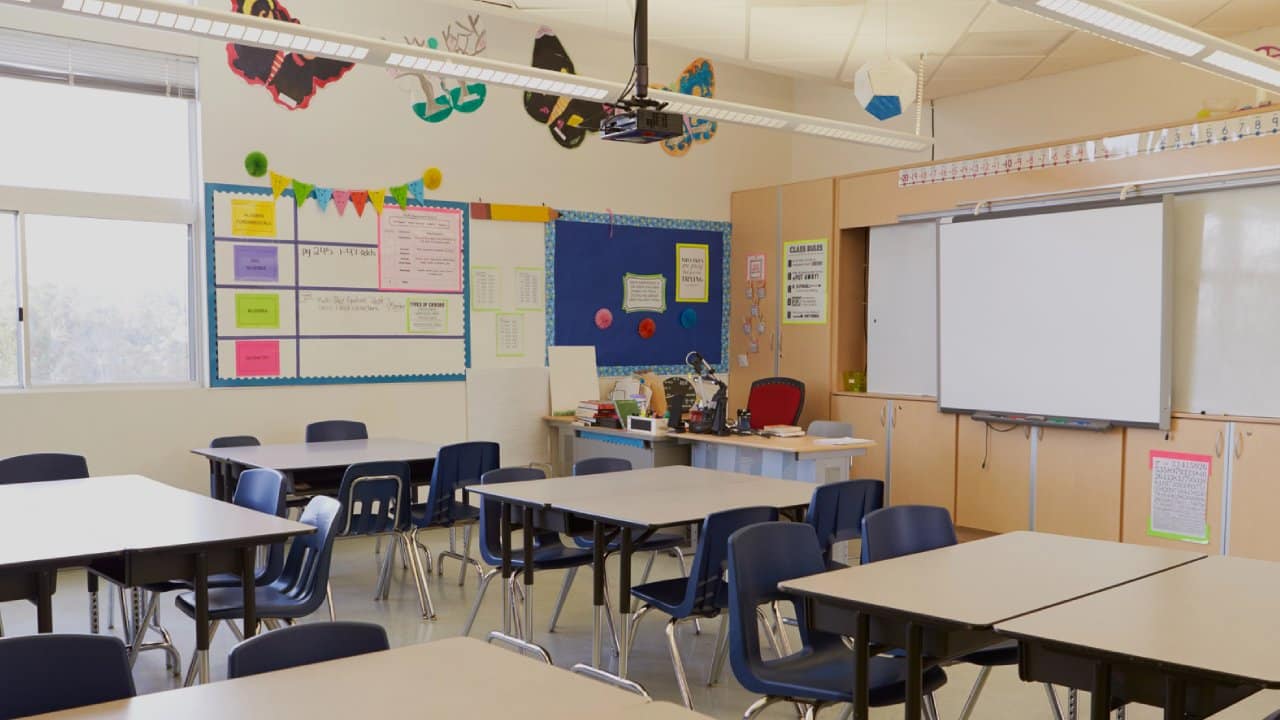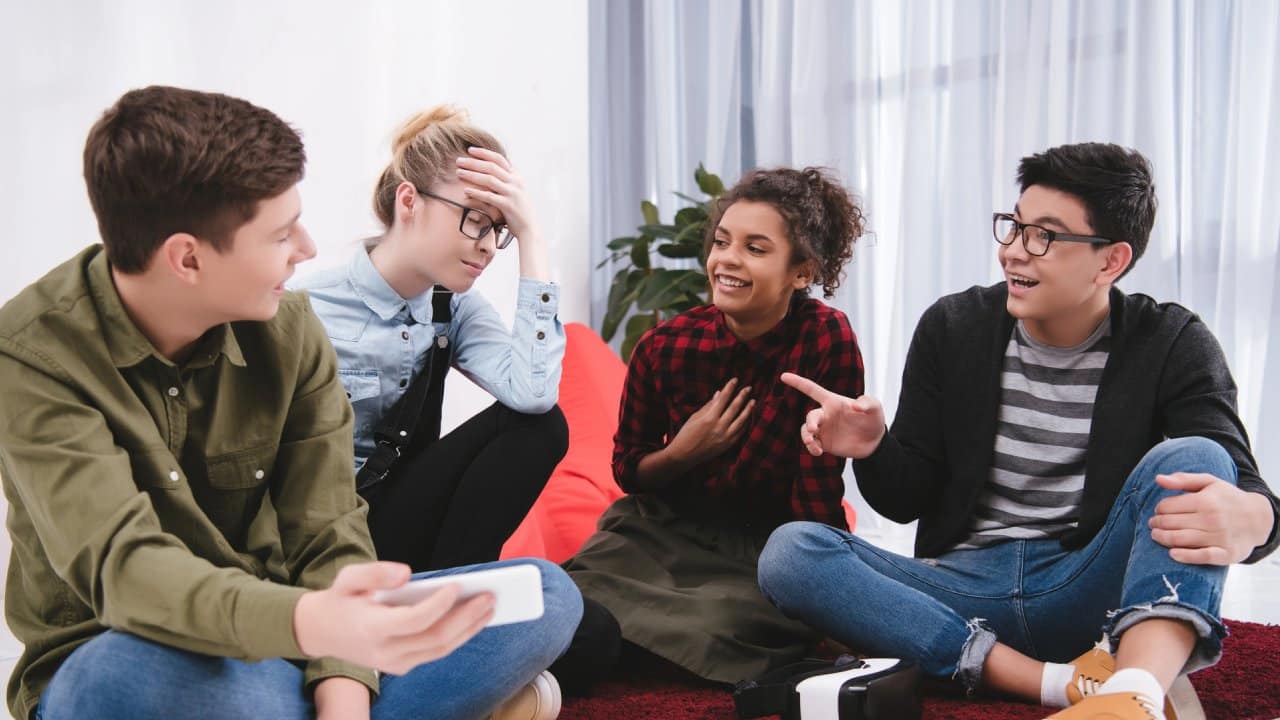These sensory aids are a great and fun way to help with SPD or sensory processing disorder. Kids of all ages will love doing these sensory activities and you will love how it helps your child deal with SPD. We have sensory aids and activities for all kids regardless of where they are. These sensory aids are perfect for at home or in the classroom.

Sensory Aids For Kids
Sensory perceptions can be hard to change or even to be aware of if your child struggles with the way that their brain processes the information in the world around them.
In the KAB team we have a Physical Therapist and a former school teacher… these are tips that we have used in our practices, homes, and classrooms to help our kids, both those with sensory processing disorders as well as our other children, to live more full lives.
If you have suggestions, stop by our Facebook Page and tell us what has helped your child.
This post contains affiliate links that support Kids Activities Blog.
What is SPD – Sensory Processing Disorder?
Sensory processing disorder (SPD) is a condition that affects the nervous system and the way the brain processes sensory information, called sensory stimuli or simply stimuli, and this information includes things you see, hear, smell, taste, or touch.
SPD may affect all of the senses or just one, and people with this disorder are usually overly sensitive to sensory input that other people are not, although it can also cause the opposite effect – that it takes more sensory stimulation to impact those with the disorder.
Children are more likely than adults to have SPD, but it’s not exclusive to children. There is a debate among doctors and occupational therapist experts about whether SPD is a separate disorder or not.

Some say that children are just highly sensitive to sensory experiences, while others say that SPD is a symptom of other disorders such as autism spectrum disorder, attention deficit hyperactivity disorder, and not a disorder on its own. There are so many different opinions, but for now, SPD isn’t recognized as an official medical diagnosis.
However, it doesn’t change the fact that it affects people’s lives – luckily, there are several ways to minimize the effects they produce on their everyday life, such as occupational therapy and the ideas to create an SPD-friendly-home we are sharing below.
How does SPD affect the sensory system?
Symptoms of SPD vary from child to child, since it can affect one sense or multiple senses. Children who have SPD may overreact to either sound, clothing, or food textures – maybe even all of them. In some cases, kids may underreact to sensory input, meaning they seek stronger stimuli.
Check out the following list of symptoms from Family Doctor to get a rough idea of whether your kid may have sensory processing issues or not. However, we always recommend visiting your GP for any diagnosis or questions you may have about this neurological condition.
Children may have sensory overload if they:
- Think clothing feels too itchy
- Lights seem to be too bright and sounds seem to be too loud
- Food textures make them gag
- Have poor balance
- React poorly to sudden movements, touches, loud noises, or bright lights
- Have behavior problems
- Have poor fine motor skills
- Have a hard time with social interaction
- In general, it affects the child’s behavior in different ways

The underlying causes are not exactly known. Some doctors think it is a genetic disorder, meaning it runs in families, while others think there could be a link between autistic spectrum disorders and SPD since signs of SPD are also commonly seen in other neurodevelopmental disorders such as autism. However, there’s no clear answer as of yet.
Treating SPD is usually done through therapy as it helps children learn how to show appropriate responses to stimuli and manage their challenges. There are different types of therapy that help with sensory processing difficulties, social skills, and overall improve the child’s life, such as:
- Sensory integration therapy uses fun activities in a controlled environment so kids can develop coping skills for dealing with that stimuli.
- There is also sensory diet, which usually supplements other SPD therapies. It is a list of sensory activities for home and school that are designed to help your child stay focused during the day. The child’s teacher plays an important role in this type of therapy.
- There is also occupational therapy, which helps with fine motor skills and gross motor skills.
- There are many different ways in which we can help kids with SPD at home, such as the ways we will show you below.
How to create an SPD Friendly Home
1. Ball Pit
Create a ball pit with a large drum and plastic balls. You will need hundreds of them, but we promise your kids will love hanging out in their ball cubby.
2. Exercise Ball
Help your kids to recognize their whole bodies with core development. Standing on a stacked exercise ball is a great way to develop both balance awareness and core strength. Use an inner tube and a larger ball.
3. Weighted Lap Belts
Weighted lap belts (you can also use them across the shoulders) helps a fidgety kid sit more still as their legs are receiving mental stimulation through the pressure. It can help improve your child’s attention span.
4. Go Outside
Get your kids outside! Enjoying the outside world – and getting stimulation from nature has proven to have a calming effect on kids. Help your kids by creating backyard playspaces to help them have fun safely.
5. Crash Pad
Crash pad. This is a great safe place for your kids to jump, crash or chill. Don’t want to buy one? Consider making your own Giant crash pillow with giant foam blocks inside of it.
6. Essential Oils
Help your kids control their own fears. Make a bottle of Monster spray. Mix water with some drops of essential oil – pick one that can help alleviate anxiety, we recommend bergamot, orange, German chamomile, clary sage, lavender, lemon, neroli, rose, and ylang-ylang.

Pro-tips and hacks for Sensory Kids
7. Bubbles
Blow bubbles – for kids who need to work harder to form words with their mouths, blowing bubbles can be a way to help them gain lip and breath control so they will be better able to form words.
8. Play Room
Your kids can have full-body stimulation and the “wrapped close” feeling with layers of hammocks. Under the hammocks are tumbling mats, making this a great play room.
9. Essential Oils Leather Bracelet
There are a number of essential oils that can help improve moods and attention span. You can add several drops of the oil – like lavender to a leather bracelet for your kids to wear all day at school.
You can also try:
10. Pressure Relief
Sitting on a disc that is not flat, kind of like a ball, is a super easy and discreet way to help your child be “active” even while sitting for long periods of time (like at school). Their core will be active even as they sit.
You can also use balls to help provide pressure relief to your kids. Putting gentle pressure on the joints can help reset the neurons. Roll a ball on your child as they are laying down.
11. Background Music
Give your kids some background music to help the kids who need extra auditory stimulation to focus.

Whole Body Integration Therapy – you can do it!
12. Try these fun balance exercises
Help your kids improve their vestibular balance – to recognize the sensation that means they are about to fall – in a safe manner with this nifty Bilibo Seat.
13. Exercise Ball Therapy
Here are a bunch of ways that you can do therapy at-home with your kids using an exercise ball. You can also use a bouncing ball.
15. Hammock Cubby
Hammock cubby. Great place for kids to go to get away when they need a sensory break from their pals or family members.
16. Bosu Bouncing Pad
A Bosu can help your kids develop core strength as well as balance. Get a bouncing pad for your kids to stand and jump on when they need to let off steam. There are also a bunch of exercises your kids can do on them to help their bodies develop.
17. Sensory Balloon Balls
Sensory balloon balls. Fill balloons with a variety of textures. You can also develop hand or foot and eye coordination with balloon games. Try kicking the balloon with opposite feet each time you bounce it.
18. Glowing Sensory Bottle
Transitions can be hard for kids with sensory challenges. Make naptimes and bedtimes a bit easier with a glowing sensory bottle.

Pressure
Pressure, consistent pressure helps relieve a lot of the angst feelings in kids with sensory struggles. The pressure is signaling their brains constantly where they are, helping your kids develop body awareness.
Below is a collection of pressure garments and products that you can purchase or make yourself.
19. DIY Weighted Vest
Make a DIY Weighted Vest to help your child develop body awareness.
20. Sew Your Weighted Blanket
Here is a weighted blanket that you can sew. Put your sewing skills to good use by making a sensory blanket.
21. No-Sew Weighted Lap Blanket
This no-Sew weighted lap blanket is a perfect way to help your child develop body awareness while relaxing on the couch, playing, or relaxing.

Toys and Household Items For Relieving Sensory Issues
There are a number of products that are great for helping kids who struggle with sensory issues.
21. 3D Tetris Blocks
3D Tetris blocks for your kids to manipulate and develop their spatial awareness.
22. Tactile Brushes
Tactile brushes can be a great tool to use to help connect with and calm your sensory child. Here is a video that explains how to use the brushes.
23. Video: Therapy Minute- Deep Pressure Brushing
24. Body Sox
You can also use Body Sox as a way to give your kids all over neurological feedback (and it’s a blast).
25. Rub Bubble
Rub bubble. Put this on their desk top at school it is perfect for antsy fingers.

26. Geo Twister
Geo Twister. A quiet geometrical toy. A fun spatial way to build and create new shapes.
Sensory Products for the Classroom
These products will help your kids during school hours.
27. Pencil Toppers
Pencil toppers that help kids who get bored in classes.
28. Best Sensory Toy For Kids
This is the BEST sensory toy. Kids can use it for rubbing, rolling, even chewing.
29. Flavored Chewing Sticks
Flavored chewing sticks to help kids who need extra oral stimulation.
30. Teething Necklace
Teething Necklace – these aren’t just for babies. This necklace could work for an orally stimulated kiddo. This is a great way to attach your kids sensory aid to them.
31. Chair Topper
Increase core awareness and strength with a disk chair topper.
32. Weighted Pencils
Weighted pencils help kids develop hand strength and are easier for some kids to control. You can make your own weighted pencils using bolt nuts and rubberbands.
33. Pencil Grip
Another pencil grip to help kids correct handwriting problems.
34. Fidget Slug
A fidget slug not only makes noise, is colorful, but also has different textures.
35. Kick Bands
Kick bands are a great sensory toy for kids. Not only is there pressure when they kick, but there is movement, sound.
Check out these sensory activities from Kids Activities Blog:
What were your favorite sensory ideas for SPD? Did you find helpful information here? Let us know!

 PARENTING TIPS
PARENTING TIPS







 PREGNANCY
PREGNANCY








 BABY CARE
BABY CARE








 TODDLERS
TODDLERS








 TEENS
TEENS



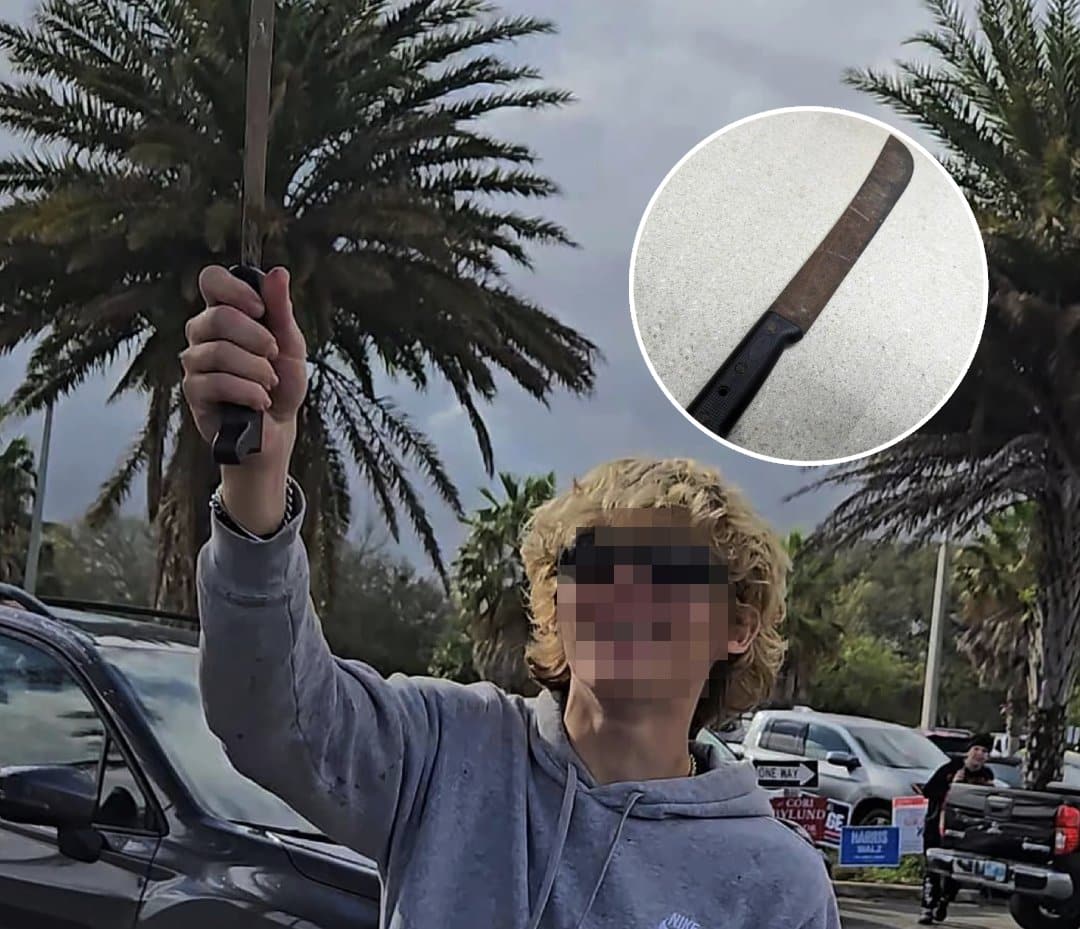



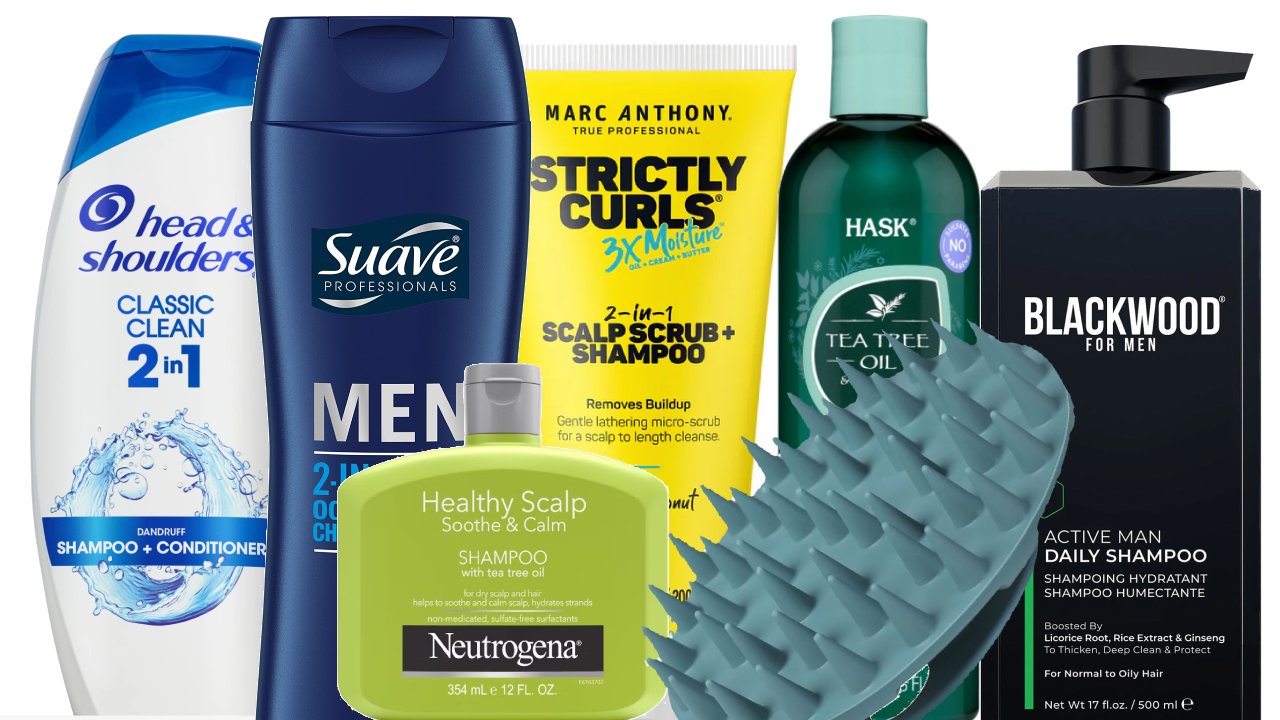
 HEALTH CARE
HEALTH CARE







 ACTIVITIES & CRAFTS
ACTIVITIES & CRAFTS








 CONTACT
CONTACT ABOUT
ABOUT

